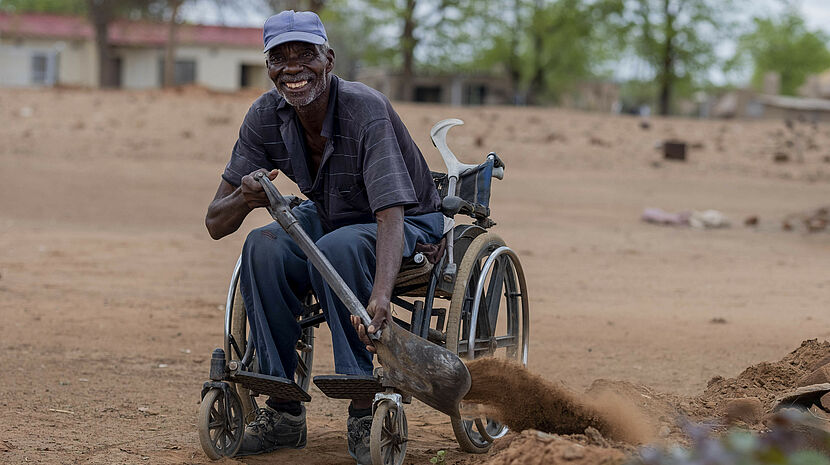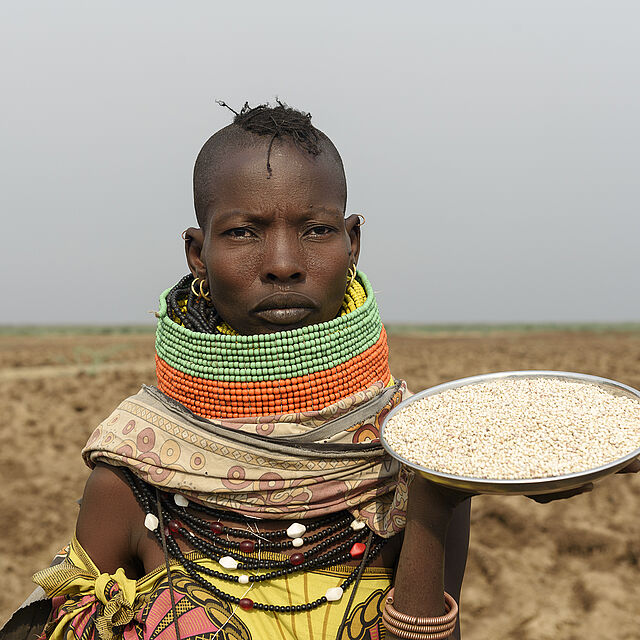Guidelines For Planning and Practice:
Integrating DIDRR Into Community Development Programmes

CBM/ Hayduk
These two new publications offer practical insights into how communities can improve their disaster preparedness while protecting the progress they have made in their development programmes.
Climate-related and human-induced disasters are rising dramatically, but too often, persons with disabilities are left behind. CBM, together with our partners, is prioritising integrating disability inclusive disaster risk reduction (DIDRR) into CBID programmes.
Two new publications, developed with the University of Cape Town, aim to provide development practitioners and organisations with the tools they need to ensure that a disability inclusive approach to disaster risk reduction can be integrated into all community development programmes.
Mainstreaming DIDRR in CBID
A situation analysis reviews the situation and outlines the extent to which DIDRR is infused within CBID. The study points out the barriers in place and highlights the opportunities available to facilitate the process of mainstreaming DIDRR, which means building DIDRR into the core of community development programmes as opposed to these disciplines operating in separate spheres. This mainstreaming will not only ensure greater preparedness for disasters, but also protection of the gains made in community development programmes.
A major outcome of this study is a new set of guidelines for practice on the mainstreaming of DIDRR in community development: Mainstreaming DIDRR in CBID – Guidance for Planning and Practice. In twenty action points, the guide provides pointers for practitioners on how community-based initiatives can become more informed about disasters and start mainstreaming DIDRR. It aims to stimulate reflection at multiple stages, from project planning to implementation and monitoring, to ensure DIDRR becomes an integral part of community-based programmes, in an effective, sensitive and responsive way.

Mainstreaming Disability Inclusive Disaster Risk Reduction in Community Development
The guidelines are available to download either as one document or as 20 separate action points.
Get the full Guidelines here